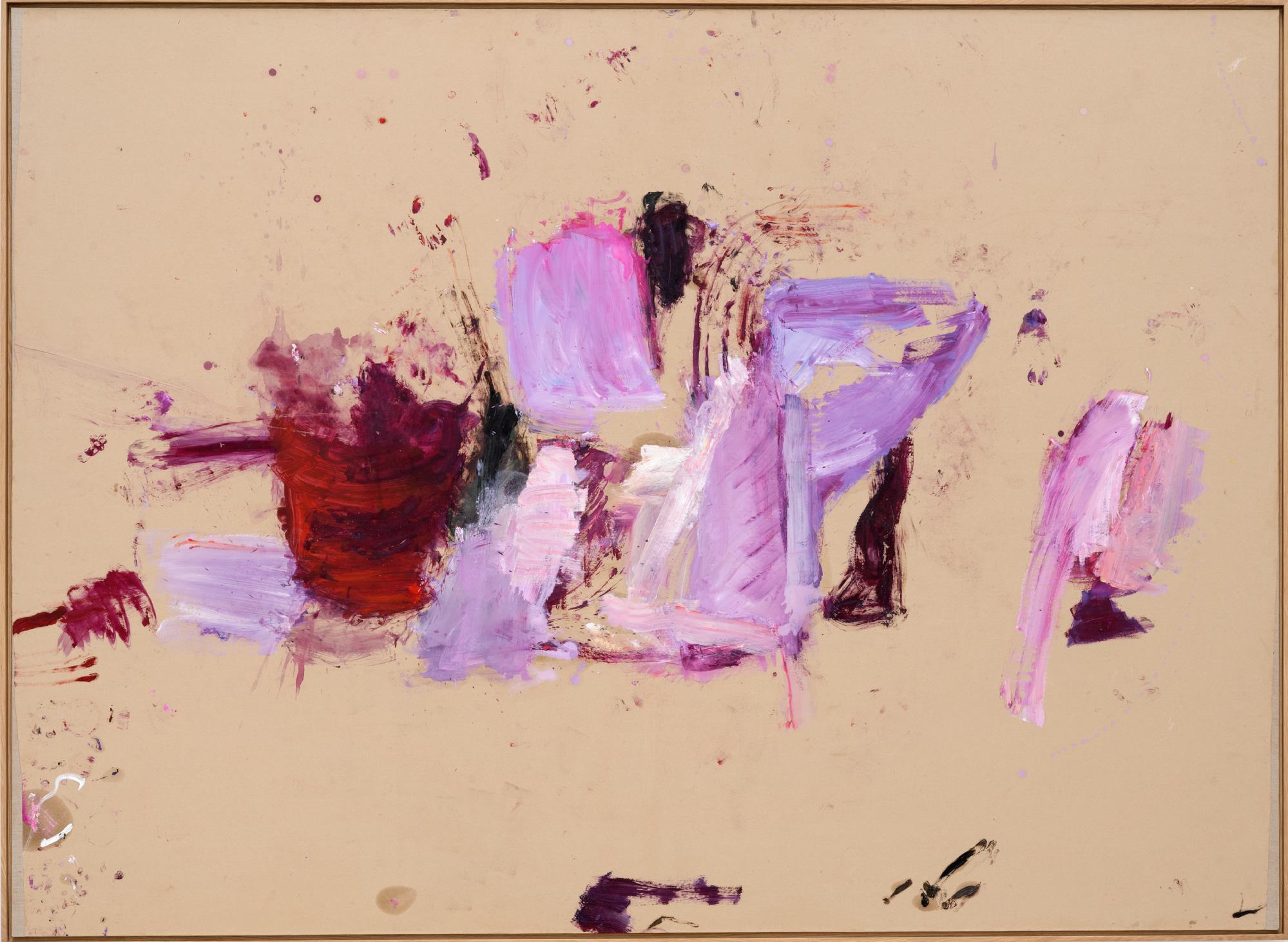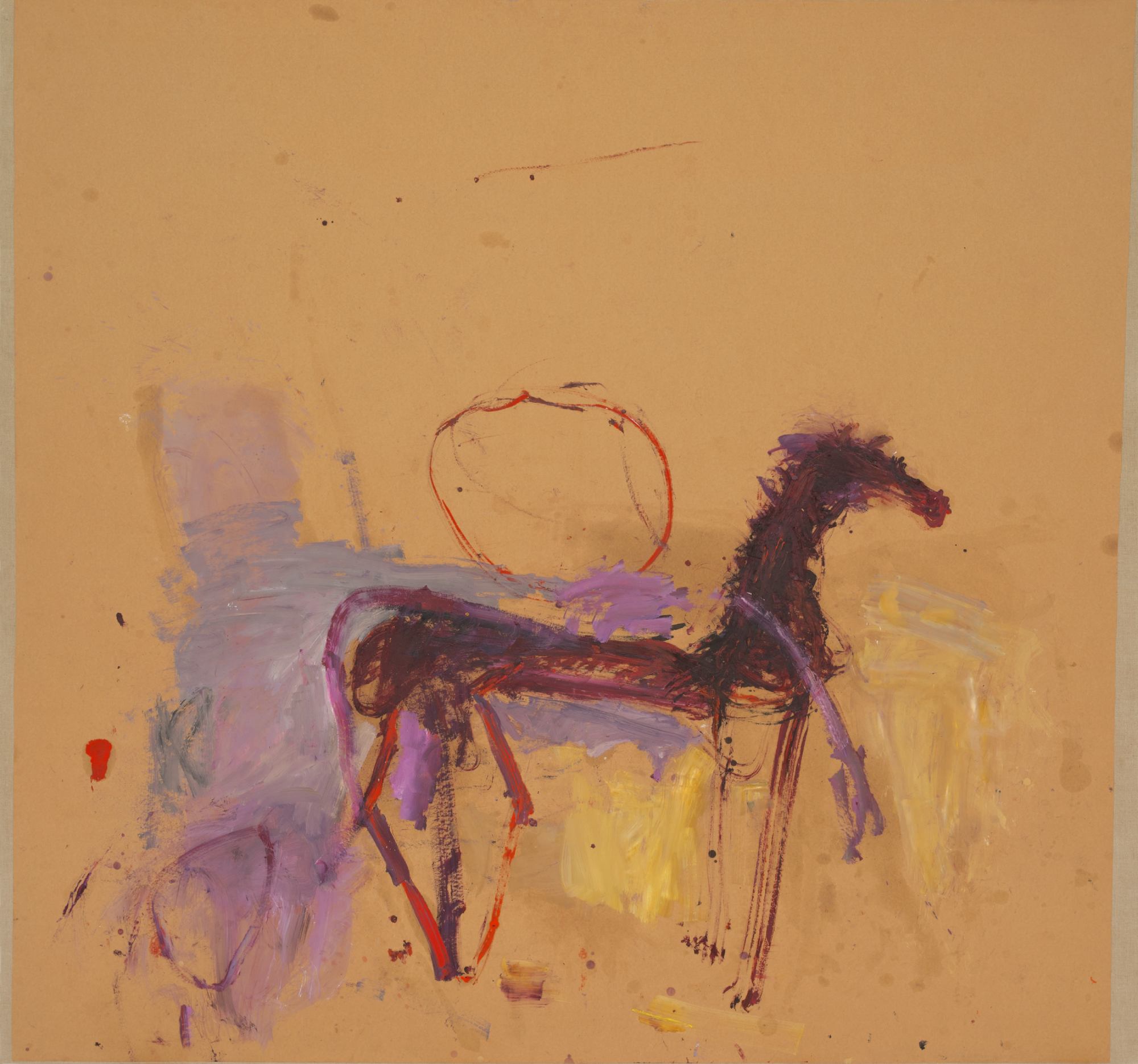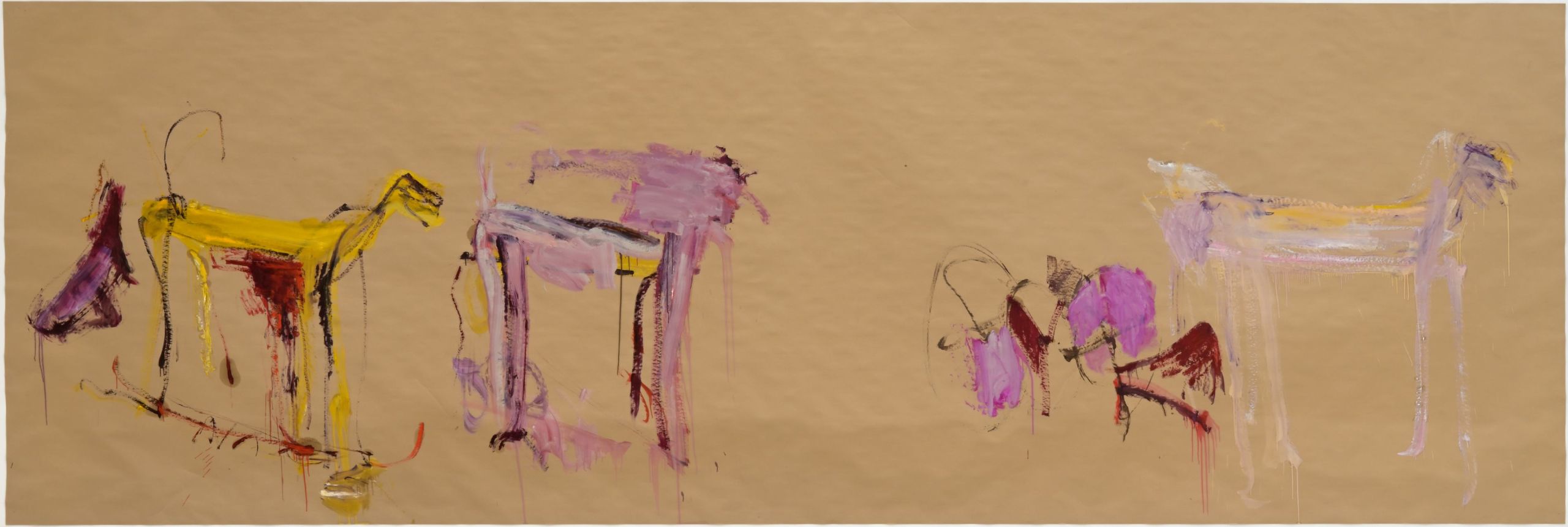207. Animals as Imagery
Martha Jungwirth's recent Australidelphia series focuses on Australian marsupial mammals, some of which are termed "living fossils" due to their unchanged characteristics from prehistoric times. More than an homage to these timeless creatures, the series serves as a poignant commentary on the catastrophic Australian bushfires of 2019–20, which inflicted severe losses on animal life. The series employs a palette of pink, red, brown, and black to represent the violence endured by these species.
Beyond simply portraying animals, Jungwirth's work taps into the broader environmental crisis, often referred to as the Anthropocene. This term highlights the human impact on Earth's environment, leading to phenomena like the rapid decline in biodiversity. Jungwirth's art underscores the interconnectedness of humans and animals, challenging traditional notions of their distinct identities. This body of work provokes a reconsideration of the human/animal divide, suggesting a shared vulnerability and fate in the face of environmental and societal upheavals.
In other works in this room, Jungwirth delves into a historical portrayal of animals through a reduced pictorial language that recalls early line drawings in cave paintings. Her depiction of Napoleon's horse, Marengo, contrasts sharply with traditional representations, shifting the focus from grandeur to fragility. The expansive La Grande Armée (2021) is inspired by a photograph of three animal-shaped funeral beds found in the antechamber of Egyptian pharaoh Tutankhamun’s tomb. The painting marks a shift to a more figurative style, with compositions characterized by an intentional use of space.
In recent years, Jungwirth has been interested in the materiality of oil paint as seen in the dense passages of these animal paintings. A newfound compositional restraint highlights the dynamic between the emptiness of the paper and the expressiveness of line and form, revealing Jungwirth's refined interplay of space and line.



